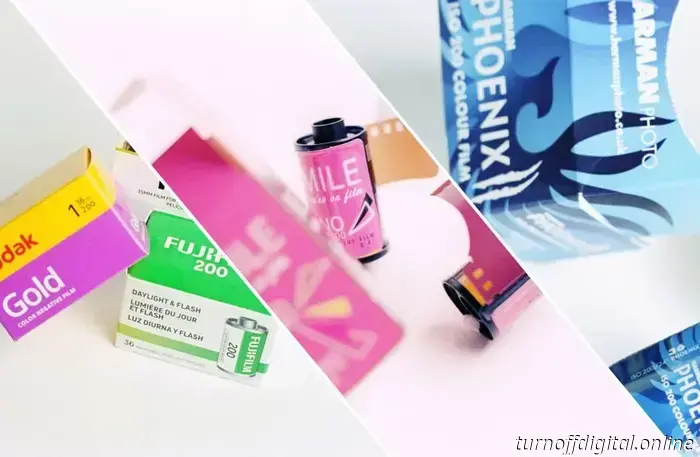
In honor of this year’s World Photography Day, I am releasing three in-depth articles that explore the profitable and adaptable color-negative film segment: “Fujifilm 200 Color Negative vs. Kodak Gold.” 📖 “KONO Color 200/OptiColour 200/ORWO NC200 Film Review.” 📖 “Comparing Two Newest Colour Films: Phoenix vs. NC200.” 💛 Why focus on these films? With a slight increase in sensitivity over what is needed in bright sunlight for a 1/100s fixed shutter (which can produce impressive results on negatives), ISO 200 film is compatible with all types of cameras, including inexpensive plastic ones. It offers a balance of grain in 35mm while not being too slow without flash. The standard processing method for color-negative film, C-41, is widely available at labs and is simple to learn for home development. Kodak has demonstrated their ability to produce this type of film at a low cost: in 2019, Kodak ColorPlus 200 was priced lower than Fomapan Classic 100, the least expensive film listed. Consequently, ISO 200 color-negative film often serves as the initial and most frequently used film type for many photographers. It’s a Kodak world. While the current selection of color-negative films includes numerous options at ISO 200, most are simply Kodak film repackaged or slightly altered. Even Fujifilm-branded ISO 200 films are likely produced by Kodak. “Fujifilm 200 Color Negative vs. Kodak Gold” explores and contrasts these former competitors to identify any unique characteristics. Some differences may exist, as I have noticed variations between Kodak Gold and Kodak ColorPlus, as well as clear distinctions among the available ISO 800 Kodak-based films. A new film has emerged: ORWO NC200. The manufacturing of color film requires substantial resources. Take a look at this three-part video series that showcases the expansive corridors of Kodak facilities, where the team traces the film's journey through a billion-dollar plant (one of many). Only a handful of factories worldwide have the capability to produce this material, with Kodak being one of them. Fujifilm ceased production of color-negative film when they discontinued Superia X-Tra in 2023. However, a factory in Germany (known globally as ORWO) began producing color film approximately six years ago. ORWO’s latest offering (still in pre-release) shows considerable potential as a genuine alternative to Kodak. See my review: “KONO Color 200/OptiColour 200/ORWO NC200 Film Review.” Beyond Kodak: exploring new independent alternatives. Last year, another factory became part of the elite group of color-negative film producers in the UK. Harman Technology, more commonly recognized as Ilford, introduced Phoenix 200, a color-negative film derived from a black-and-white emulsion that can be processed with color film chemicals. While it’s unfortunate to see Fujifilm step back from manufacturing color-negative film, the emergence of two new independent manufacturers during this film renaissance is very encouraging. “Comparing Two Newest Colour Films: Phoenix vs. NC200” wraps up today’s celebration by pitting the German-made ORWO NC200 against the UK-made Phoenix II, addressing whether either is positioned to rival Kodak as the best budget-friendly ISO 200 color-negative film. 💛 To read the final article in full, a GOLD subscription is required. Thank you for your support, and happy World Photography Day! 🎉
To commemorate this year's World Photography Day, I'm releasing three in-depth articles that explore the profitable and diverse range of affordable ISO 200 color-negative films. This piece outlines all the factories producing these films along with their products, accompanied by readings about each, presented in the suggested order. Enjoy WPD!